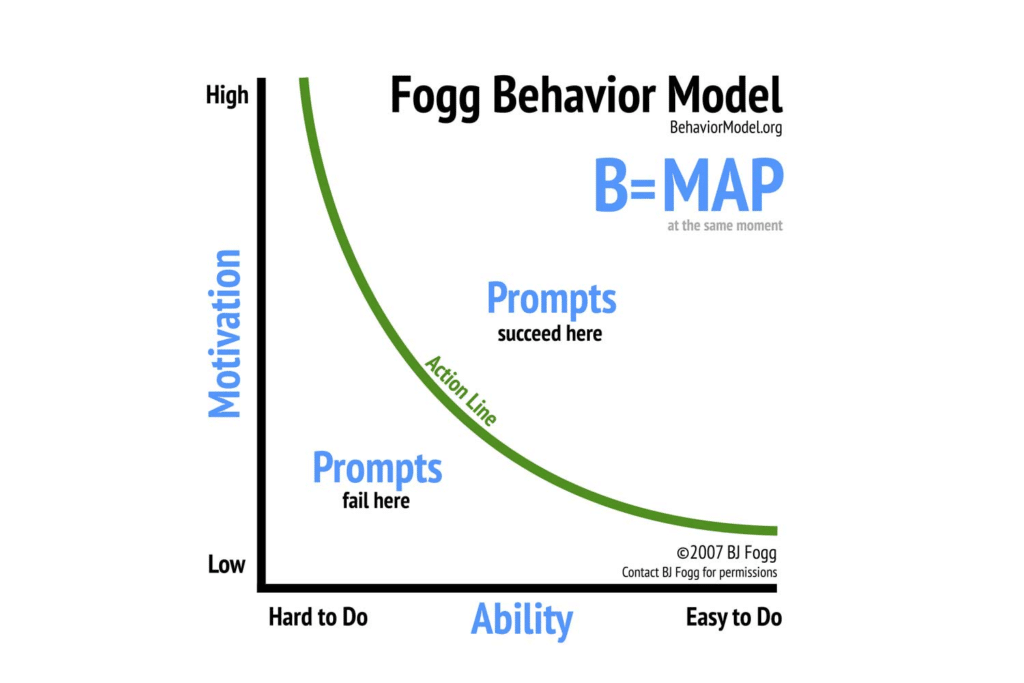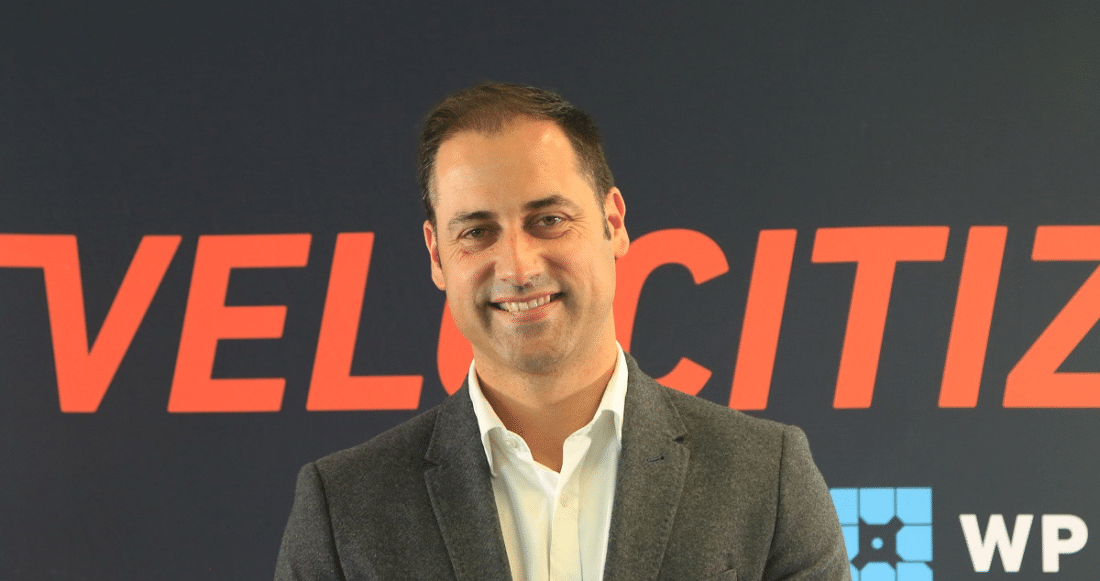Our focal point is very much around understanding how we can generally help people. You can only do that if you really look under the skin.
Dan Pankraz is the Head of Strategy & Innovation at Leo Burnett Australia, the global creative agency owned by Publicis. He is also the founder of OPEN Brand Consulting.
In this episode of Velocitize Talks, Pankraz shares how innovative behavioral science and lateral design thinking solves their clients’ toughest challenges and creates lasting change.
Turbo-Charged Creativity (0:25)
We have a business unit that can really deliver high velocity innovation thinking for our clients, but done in a way that’s anchored in behavioral science and infused with creativity.

Leo Burnett Australia offers a service called the Diner that focuses on lateral innovation and behavioral design. The Diner creates new marketing ventures for clients, such as new products and services, to help provide solutions to overwhelming issues.
While Pankraz acknowledges that brands may not initially seek out a creative agency, Leo Burnett’s goal is to ensure that their business solutions “are anchored in a behavioral science and turbo charged with great creativity.”
Behavioral Science and Consumers (1:56)
Often when clients are looking at a business problem, they have a good grasp of the market dynamics. But they might have a surface level view on what is happening in the culture and in the consumer’s current day-to-day behavior.

Dr. BJ Fogg, founder of the Behavior Design Lab at Stanford University, believes that behaviors change when three elements converge at the same moment: motivation, ability, and a prompt. When a consumer’s motivation is high, you can get them to do something hard and vice versa. The same is true for ability, a quality most brands assume people have more than they do.
Finding the sweet spot of motivation and ability as well as when to prompt a consumer at just the right time can unlock big opportunity spaces for brands to play.
“Coming from a creative agency background, we know how brands grow and build,” Pankraz says. “We’re trying to make sure we apply that to clients’ problems.”
For Pankraz, part of the solution lies in understanding the consumer’s problem before solving it. The other part, as Dr. Fogg points out, is understanding how and when consumers change their behaviors.
Problem Solving + Problem Finding (4:29)
What helps people, helps business.

Leo Burnett’s philosophy is that most business problems are human problems. So when they solve problems, they do so through a human lens. “Our focal point is very much around understanding how we can generally help people,” says Pankraz. “And you can only do that if you really look under the skin.”
Focusing in on insights from a people’s pain points allows human-centered design to drive creative solutions. When clients jump into identifying solutions, Pankraz encourages them to not just look for creative problem solving but also problem finding. This comes when “you’ve got a really good grasp of consumer behavior.”
The agency uses an internal metric called the 7+ GPC scale built around their HumanKind™ philosophy. It inspires their employees to create intelligent and behavior-changing ideas in order to create commercial and human value.
Championing a Cause (8:14)
Young people are looking for symbols and identity markers that they can attach themselves to, whether that’s their heroes or influencers. The brands that are creating that sense of community around what they champion.

Gen Z and Millennials make up over 50% of the U.S. population, according to the 2019 census. As more and more research comes to shed light on each generation’s purchasing preferences, it is clear they want their brands to stand for something. When this aligns with their beliefs, consumers become supporters and feel like part of something bigger than themselves. As Pankraz points out, it’s important for brands to develop that kind of fellowship. That’s critical especially in today’s day and age where it’s so easy to find another brand who does.
As the WPEngine Gen Z study found, “Gen Z understands the number of choices they have at their fingertips, and they will choose products and brands that fit their needs and meet them on their terms, not the other way around. Brand loyalty won’t sustain itself for Gen Z. You must continually earn their business.”
When YPulse asked these generations the causes that they want brands to get involved in, bullying and climate change were the top responses among Gen Z. Bullying and animal welfare were the top responses among Millennials.
Book Club: Frame Innovation (10:20)
We take problems at face value and we really don’t look at other analogies of other categories or other systems that have had similar problems.

Pankraz cites “Frame Innovation” by Kees Dorst as an inspirational book that has helped him rethink how to frame a problem through unlocking divergent and lateral ways of problem solving. The book outlines “how organizations can use practices developed by expert designers to solve today’s open, complex, dynamic, and networked problems.”
According to Pankraz, the biggest challenge with innovation today is the amount of literal innovation happening: marginal, incremental improvements on experiences. Bigger changes come from taking a more lateral approach and looking at how other industries have innovated to create something new and revolutionary.
For more information on Leo Burnett Australia, check out their website and follow them on Facebook, Instagram, LinkedIn and Twitter at @LeoBurnett. To stay up to date with Pankraz, follow him on LinkedIn.
This video was originally recorded in Sydney in 2019. It has been updated accordingly.





Join the conversation